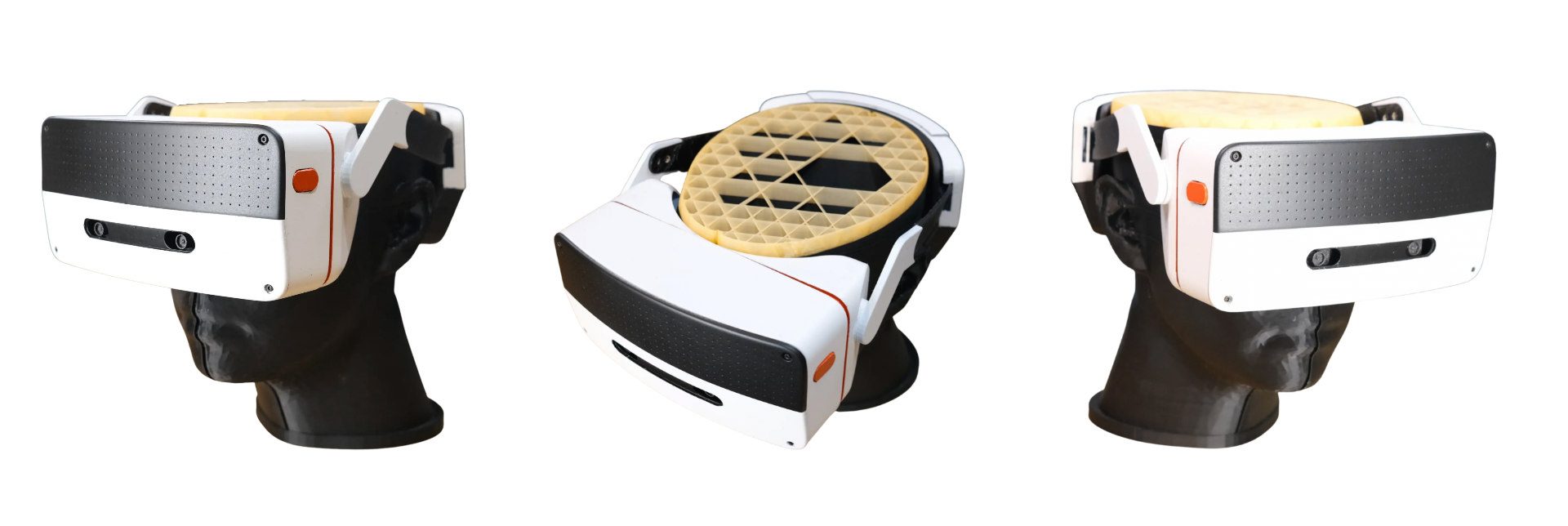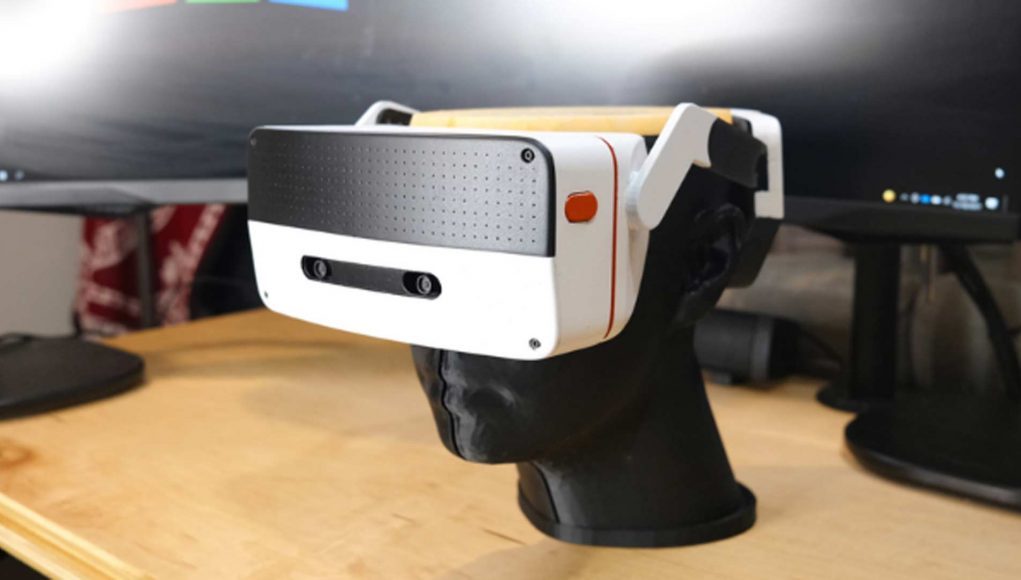Developers looking for a unique Linux-based workstation may be interested to hear that SimulaVR, the startup behind its own open-source VR Linux distro, is creating a standalone VR headset that aims to offer just that.
Dubbed ‘Simula One’, the standalone VR headset isn’t meant for gaming, rather it’s targeting programmers, software engineers, developers—essentially anyone who uses Linux for work-related stuff.
For now, the company has mentioned basic features and has also shown off a prototype of Simula One. It’s certainly capturing the cool, retro vibe that’s ostensibly taking inspiration from early home computers such as Magnavox Odyssey, Atari 2600 and Apple II.

So far, we only know a few definite things about Simula One. The headset is said to come with a detachable x86 compute pack which will arrive with the company’s SimulaOS open-source VR window manager installed by default, the very same which can be installed and run on SteamVR headsets such as Valve Index and HTC Vive Pro.
Simula One is also said to include hand tracking via UltraLeap, a passthrough AR mode so you can keep an eye on your surroundings, and “other goodies to be unveiled in the coming weeks and months,” SimulaVR founder George Singer says in a blog post.
The company is tentatively aiming to launch a Kickstarter campaign for the headset in January 2022. Singer says we’ll hear more about delivery and price for Simula One in the coming weeks, as well as product updates, pictures, and videos of the headset.
It’s clear Simula One is appealing to a pretty small subset of VR users with its hardware-focused approach—i.e. not a virtual machine running Linux, which is admittedly a more general purpose solution. Still, the promise of a standalone VR headset that natively runs Linux out of the box is pretty intriguing, and it will be interesting to see what developers can do with it besides simply using command line to continue work within VR.
In any case, we’ll be following Simula One in the coming weeks as it nears its Kickstarter launch. Make sure to check back for more info as it arrives.







